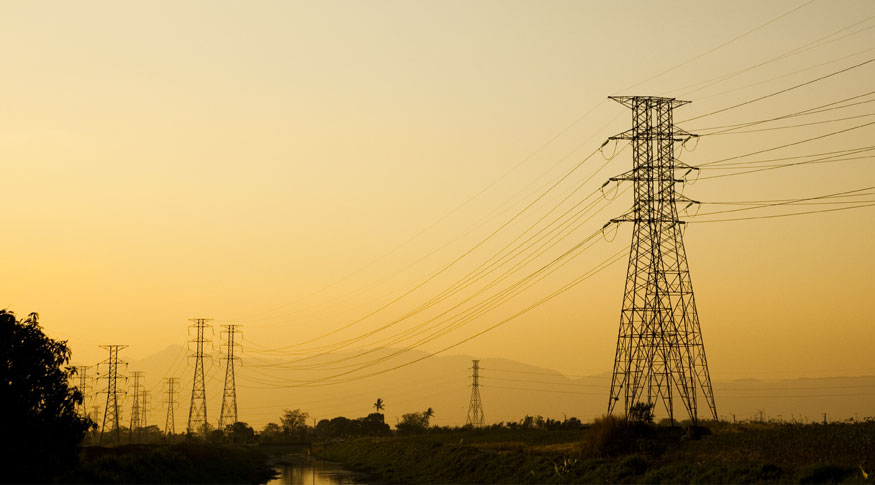IPCA-15
Inflation preview stays at 0.78% in January, the highest for this month since 2016
January 26, 2021 09h00 AM | Last Updated: January 26, 2021 12h06 PM

The National Consumer Price Index 15 - IPCA-15, the official inflation preview, stayed at 0.78% in January, after registering 1.06% in December 2020. This is the highest result for January since 2016, when the index was 0.92%. In 12 months, the IPCA-15 accrues a rise of 4.30%, above the rate of 4.23% recorded in the 12 immediately previous months. In January 2020, the rate was 0.71%. The data were released today (26) by the IBGE.
Electricity, which changed from a rise of 4.08% in December to 3.14% in January, was the individual item that mostly impacted the IPCA-15 this month (0.14 p.p.). As a result, the group of Housing rose 1.44% and it was the second biggest impact among the groups. The yellow tariff flag, which adds R$1.34 in the electricity bill per each 100 kilowatt-hour (kWh) consumed, came into force in January. In December, the red flag level 2 was in force, adding a cost of R$6.24 per each 100 kWh consumed. Still in the group of Housing, the second biggest impact came from bottled gas (2.42%), which rose for the eighth month in a row.
The deceleration in the month´s index is also explained by the drop in the prices of airfare (-20.49%) and by the less intense rises of some food items, like meat (1.18%), rice (2%) and potatoes (12.34%). The deceleration of these items influenced the group of Food and beverages, which changed from a rise of 2% in December to 1.53% this month and it was the major impact among the nine groups that comprise the IPCA-15. On the other hand, fruits increased 5.68% and contributed to the biggest impact among the items surveyed in this group. Tomatoes retreated 4.14% in the same period.
Transportation, which is the group with the second highest weight in the IPCA-15, decelerated from 1.43% in December to 0.14% in January. This was due both to the drop in the prices of airfare and to the less intense rise of gasoline, which changed from 2.19% in December to 0.95%. New cars (0.92%), used cars (0.88%) and transportation through app (8.72%) also rose.
The prices of men’s wearing apparel (1.17%), women´s wearing apparel (0.89%) and children´s wearing apparel (0.63%), as well as footwear and accessories (0.58%) also rose. As a result, the group of Wearing apparel changed 0.85%. In the case of Household articles (0.81%), the biggest contributions came from household appliances and equipment (1.51%) and furniture (0.69%).
The rise of the items of personal hygiene (1.20%), which contributed with 0.05 p.p. to the month´s result, stood out in the group of Health and personal care (0.66%). In addition, the monthly fraction of the annual adjustment, which had been suspended in 2020, was incorporated into the item health plan (0.66%).
All the regions surveyed rose in January. The highest index was reported in the metropolitan area of Recife (1.45%), mainly due to the rise in the prices of gasoline (5.85%) and electricity (4.55%). In contrast, Brasília posted the lowest figure (0.33%), influenced by the drop in the prices of airfare (-29.20%).
To calculate the IPCA-15, the prices were collected in the period between December 12, 2020 and January 14, 2021 (reference) and compared with those in force between November 13 and December 11, 2020 (base). The indicator refers to the households with earnings between 1 and 40 minimum wages and comprises the metropolitan areas of Rio de Janeiro, Porto Alegre, Belo Horizonte, Recife, São Paulo, Belém, Fortaleza, Salvador and Curitiba, as well as Brasília and the municipality of Goiânia. The methodology used is the same as the IPCA; the difference lies in the period of price collection and in the geographic coverage.


















